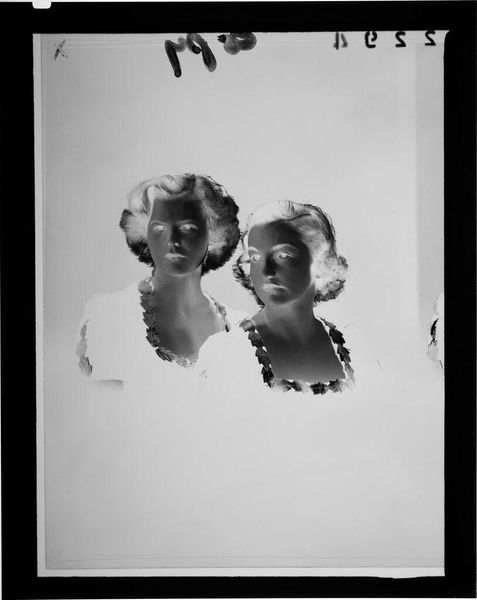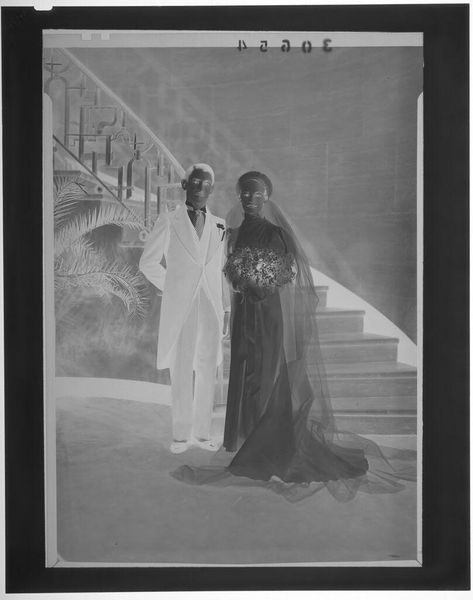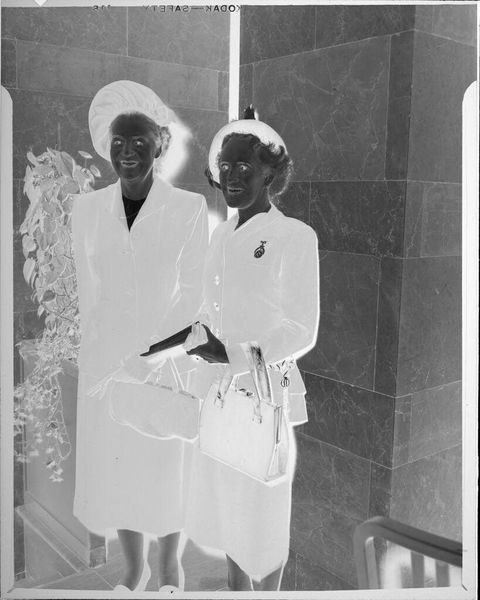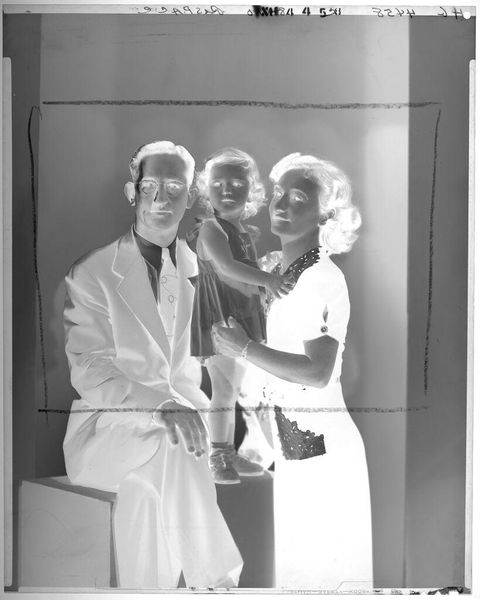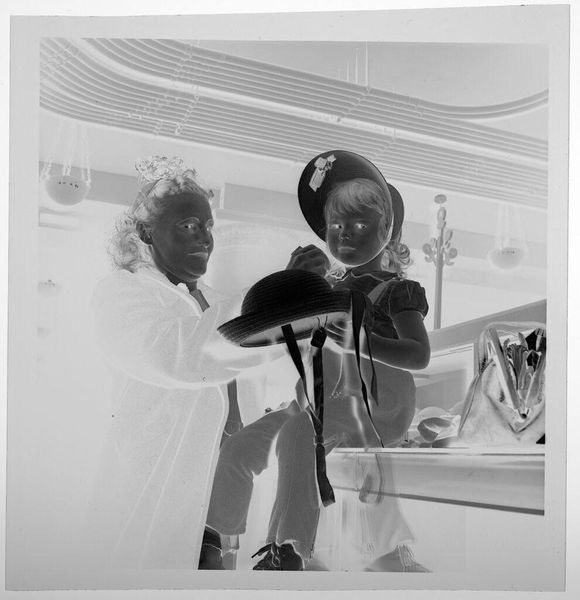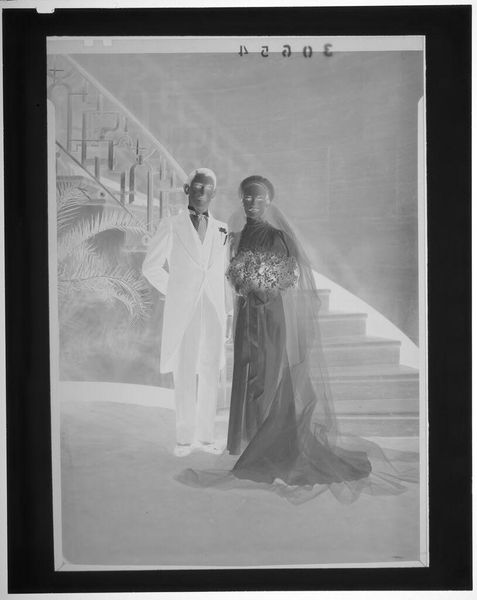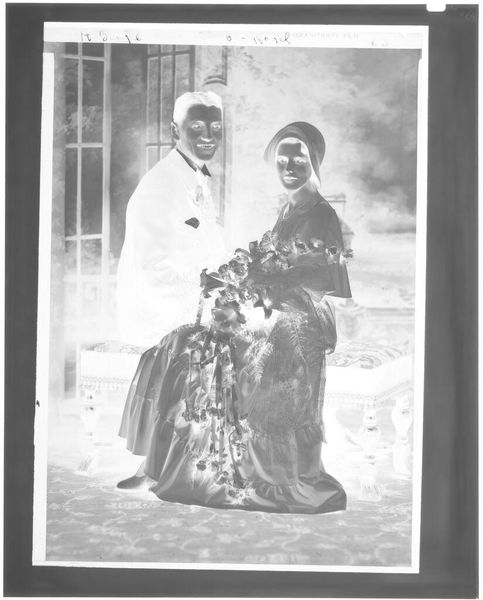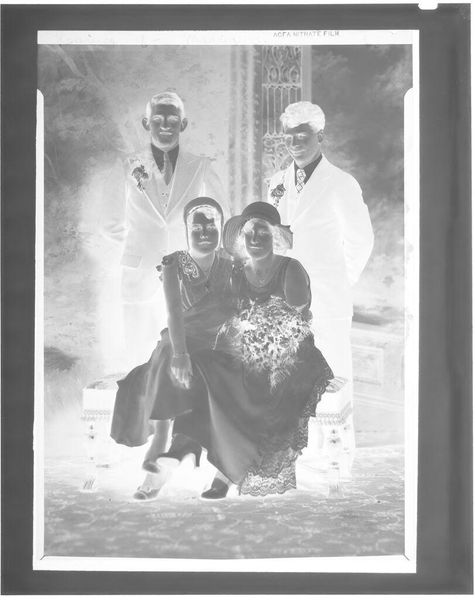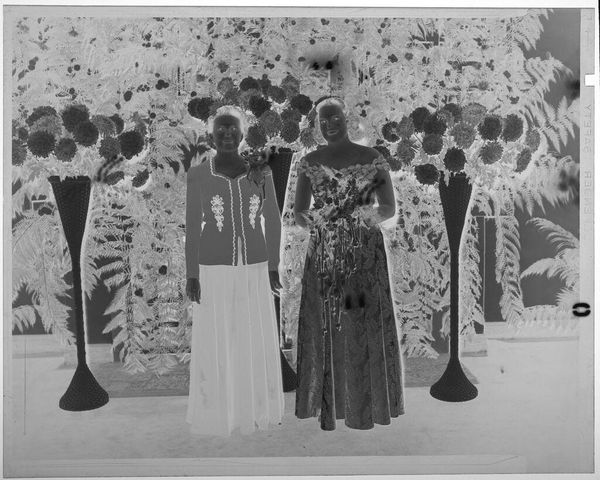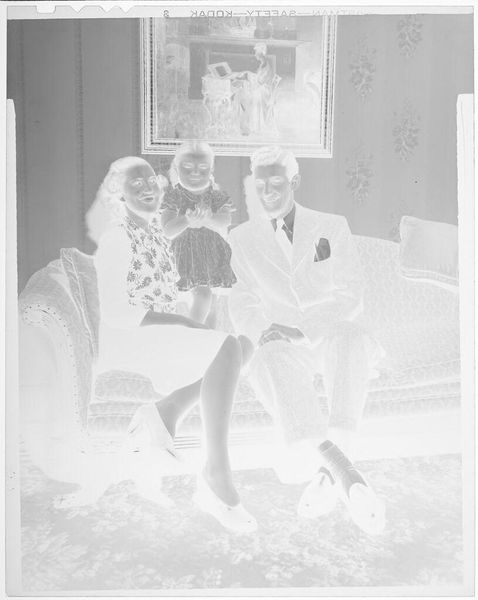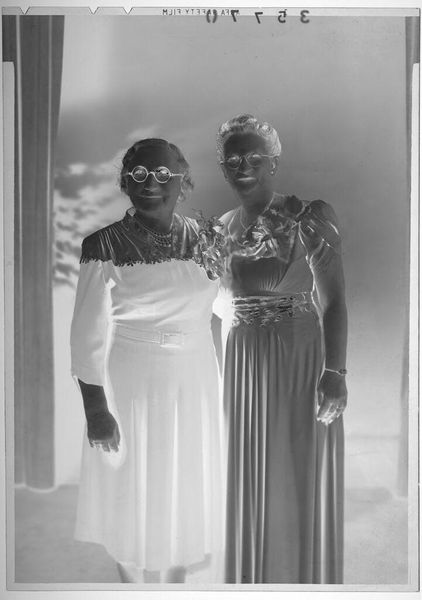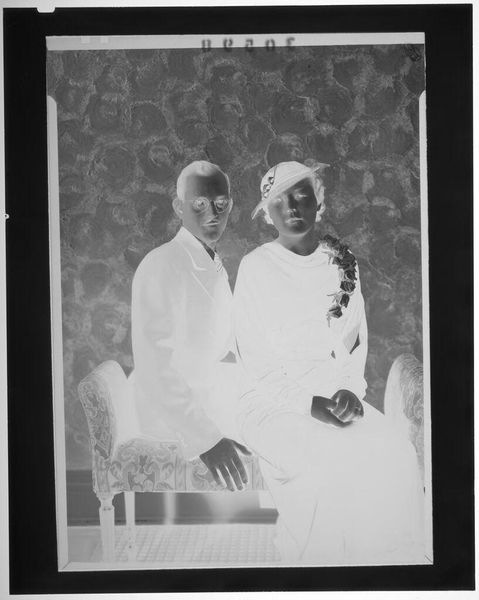
painting, watercolor
#
portrait
#
painting
#
figuration
#
watercolor
#
intimism
#
expressionism
Copyright: Public domain US
Editor: This watercolor painting, “Indonesian Couple,” by Emil Nolde, dates back to 1921. I’m struck by the contrast in expressions—one seems almost contemplative, the other direct. What do you see in this piece? Curator: Beyond the expressions, it's crucial to contextualize this work within the history of colonialism and representation. Nolde travelled to German New Guinea before painting this, a period rife with cultural exploitation. How might Nolde's perspective as a European artist shape how he portrays these Indonesian figures? What power dynamics are at play? Editor: That’s a perspective I hadn’t considered. I was focusing on the artistic style, the use of watercolor. Curator: Yes, the stylistic elements are important. Nolde was part of the Expressionist movement, known for distorting reality to convey emotion. But how does that distortion potentially exoticize or other these subjects? Are their identities flattened by the artist's emotional expression? Editor: So, the expressive brushstrokes might unintentionally reinforce stereotypes or reduce their individuality. I guess the painting is more complex than I initially thought. Curator: Exactly! It asks us to engage critically with the history that surrounds the work and reflect upon its legacy of colonial views that it carries, and how that may echo into today. By considering these socio-historical dynamics, we see the artwork's meaning shifts and complicates in our contemporary, post-colonial world. Editor: This has been a very insightful conversation. I will definitely be more mindful about context when looking at artwork now. Curator: I’m glad you’re expanding your understanding and recognizing art as a mirror, but also a product of history. Keep asking questions.
Comments
No comments
Be the first to comment and join the conversation on the ultimate creative platform.
